A constant current (CC) source has its own DC source or one needs to be supplied.
You can buy a DC-DC CC regulator or an AC powered CC power supply.
An AC powered CC power supply will have an AC-DC power supply input and DC-DC CC regulator output.
Here is a very basic DC-DC step down (buck) CC regulator driving some LEDs.

The current flows through the Rset resistor. The chip measures the voltage across Rset to monitor the current flow.

If the current is insufficient, the internal PWM signal will increase the duty cycle of the SW (switching) input, increasing the current flow in to SW. And vice versa.
When the duty cycle is at its maximum (maximum rated current) the CC source essentially becomes a voltage source.
It's a load related thing. When the CC reaches maximum voltage or current, it is then a voltage source.
Example if the forward voltage of these LEDs being driven is greater than the input voltage the maximum voltage is reached.
If the load is a resistive load that could draw more current than the CC source can provide, the maximum current is reached.


